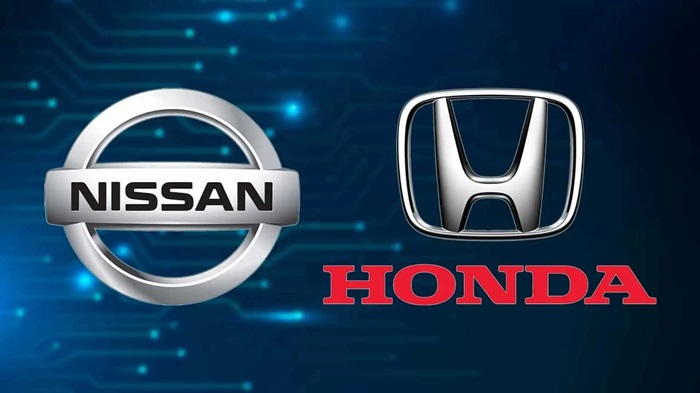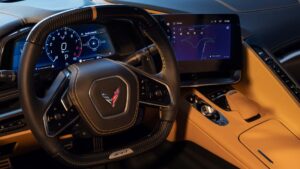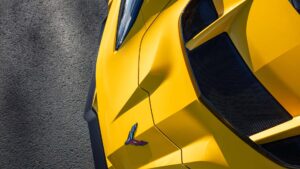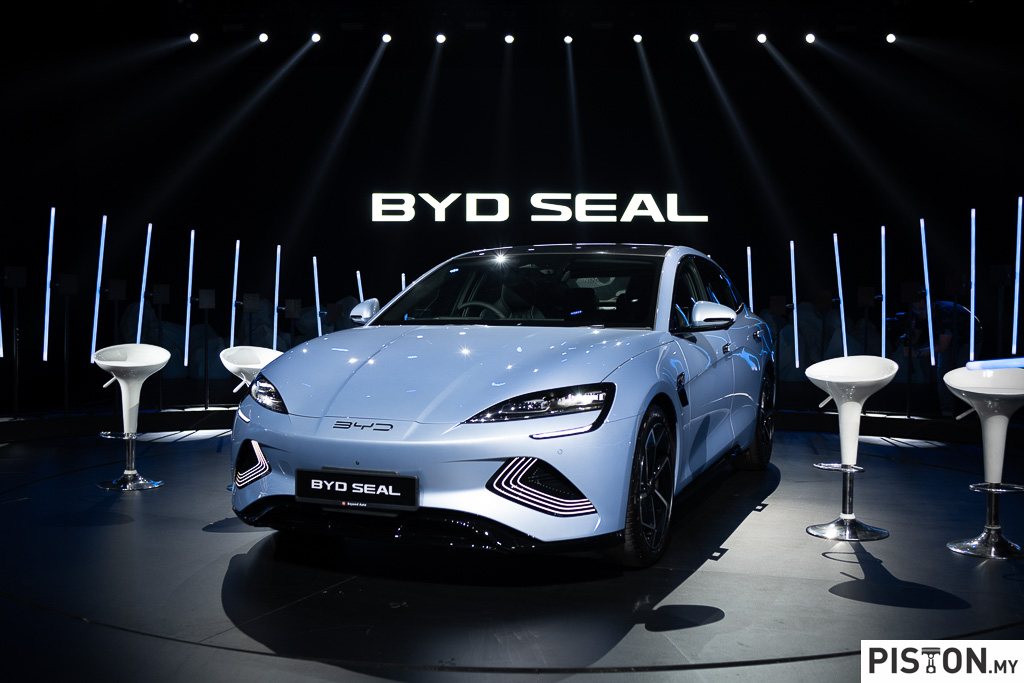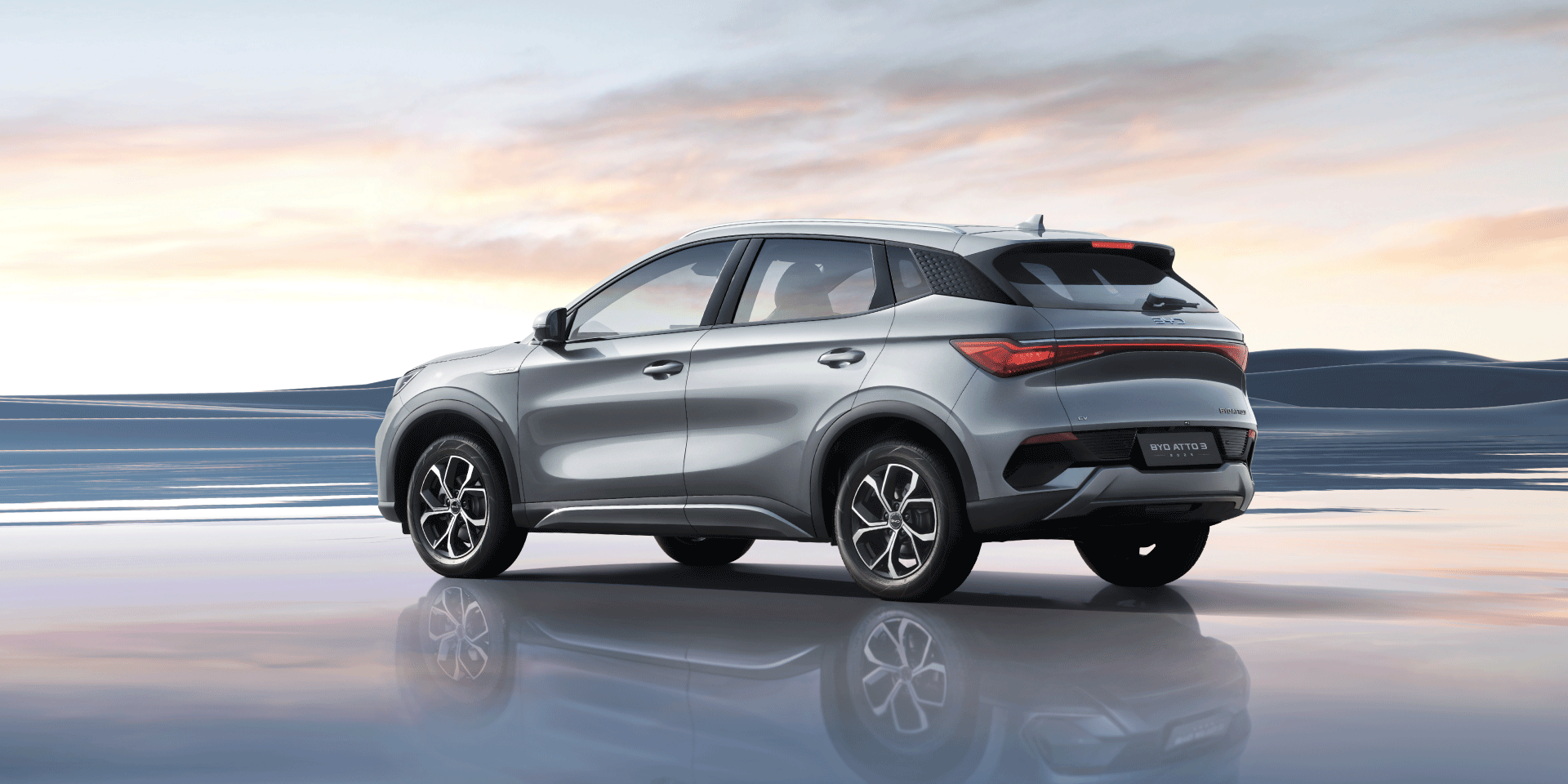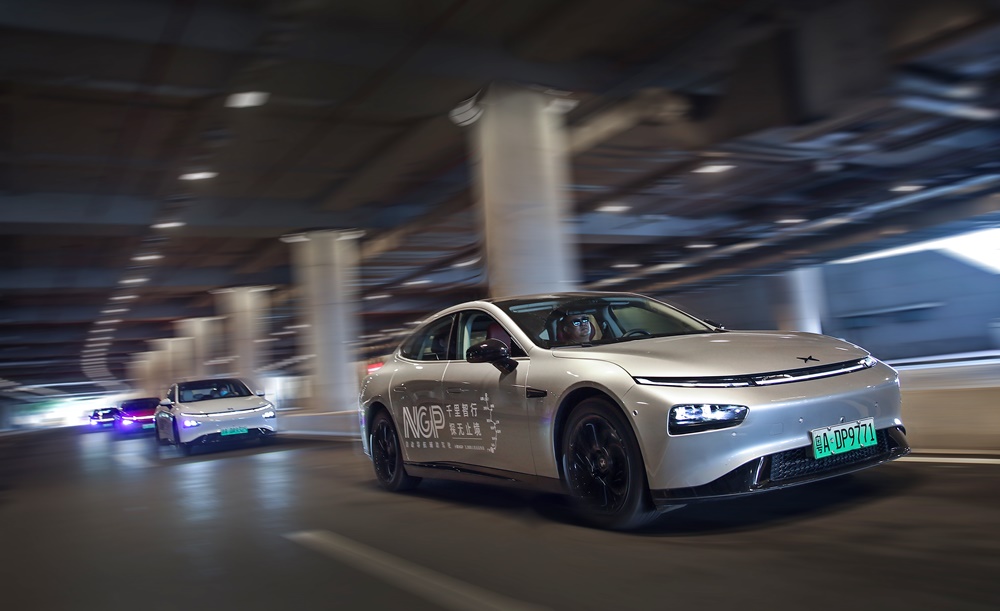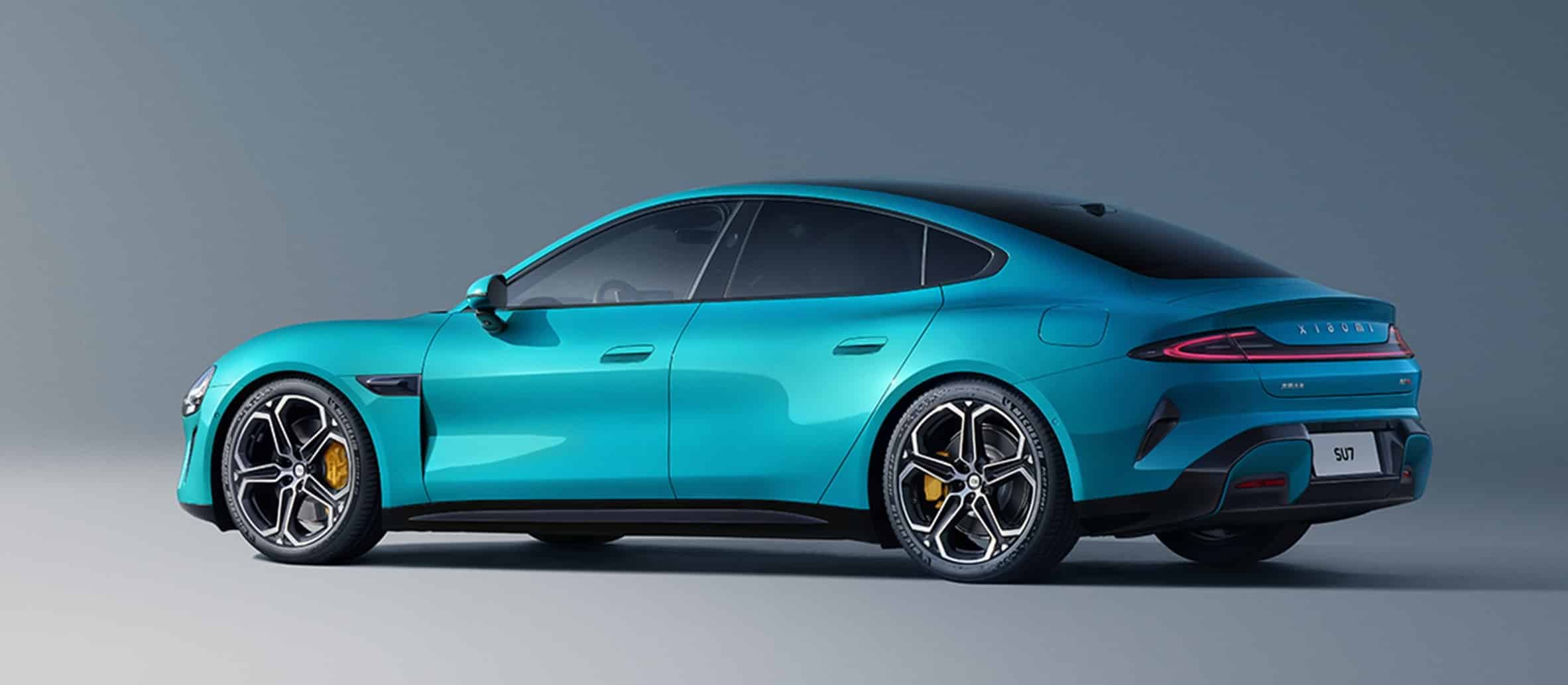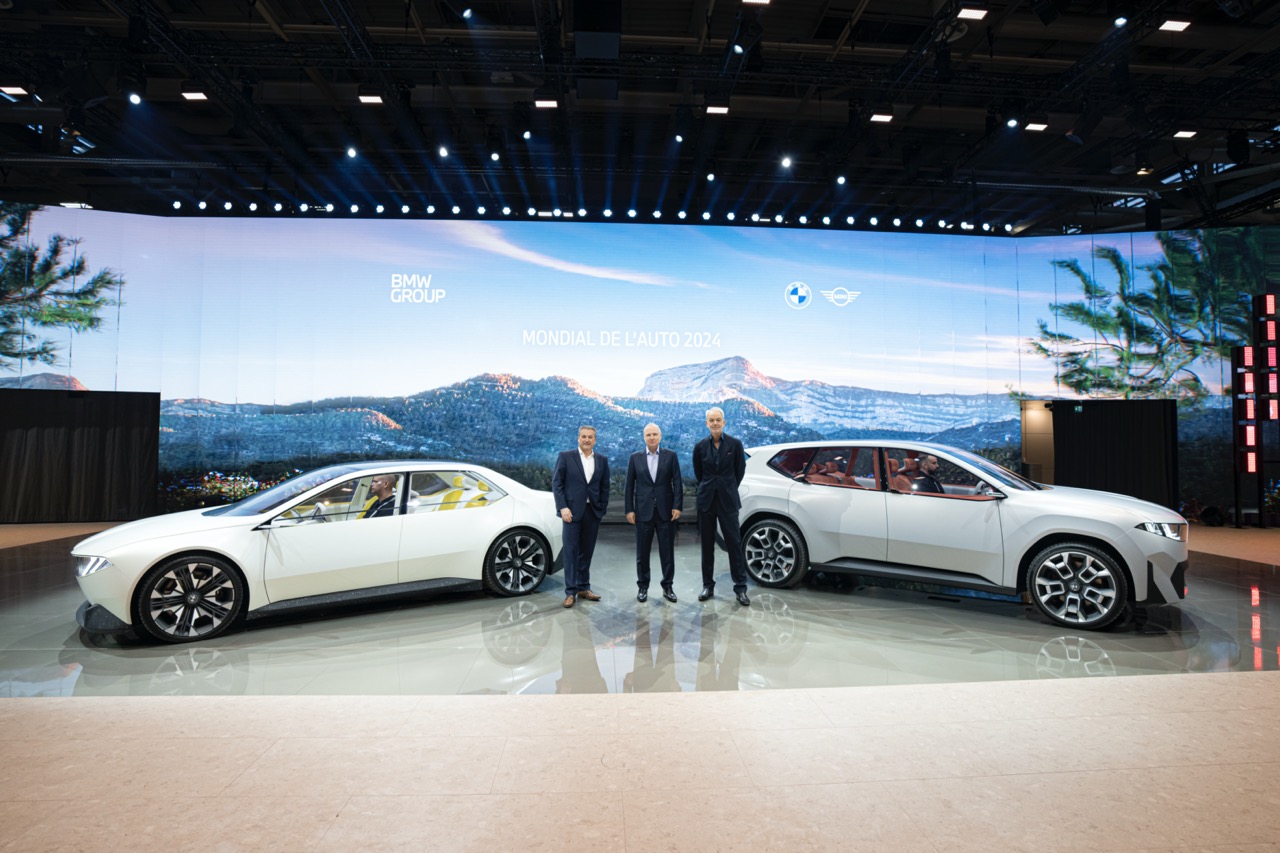Chevrolet has officially introduced the latest iteration of its high-performance legend, the 2025 Corvette ZR1. With the most powerful V8 engine ever produced by an American automaker and a suite of cutting-edge technologies, the ZR1 aims to redefine supercar standards in both coupe and convertible forms.

Powertrain and Performance
The heart of the Corvette ZR1 is the 5.5L LT7 twin-turbocharged DOHC flat-plane crank V8 engine, which generates an astonishing 1,064hp at 7,000 rpm and 1,122Nm of torque at 6,000 rpm, according to SAE guidelines. This makes it the most powerful factory-produced Corvette engine ever.

The ZR1 boasts a GM-estimated top speed of over 346km/h on the racetrack and can complete the quarter-mile in less than 10 seconds. A carbon fibre aero package provides over 544kg of downforce at top speed, enhancing stability and performance.
The ZR1 revives the iconic split rear window, a design element that pays homage to Corvette history while providing functional benefits like increased heat extraction. The ZR1’s exterior design includes a carbon fibre roof and unique aluminium wheels. An optional carbon-fibre wheel design reduces unsprung mass by 19.4kg.

The cockpit features unique ZR1 badging, a specific stitch pattern, and a boost gauge, marking the first factory turbocharged Corvette. Customisation options include new exterior and interior colours, racing stripes, and seat belt colours.
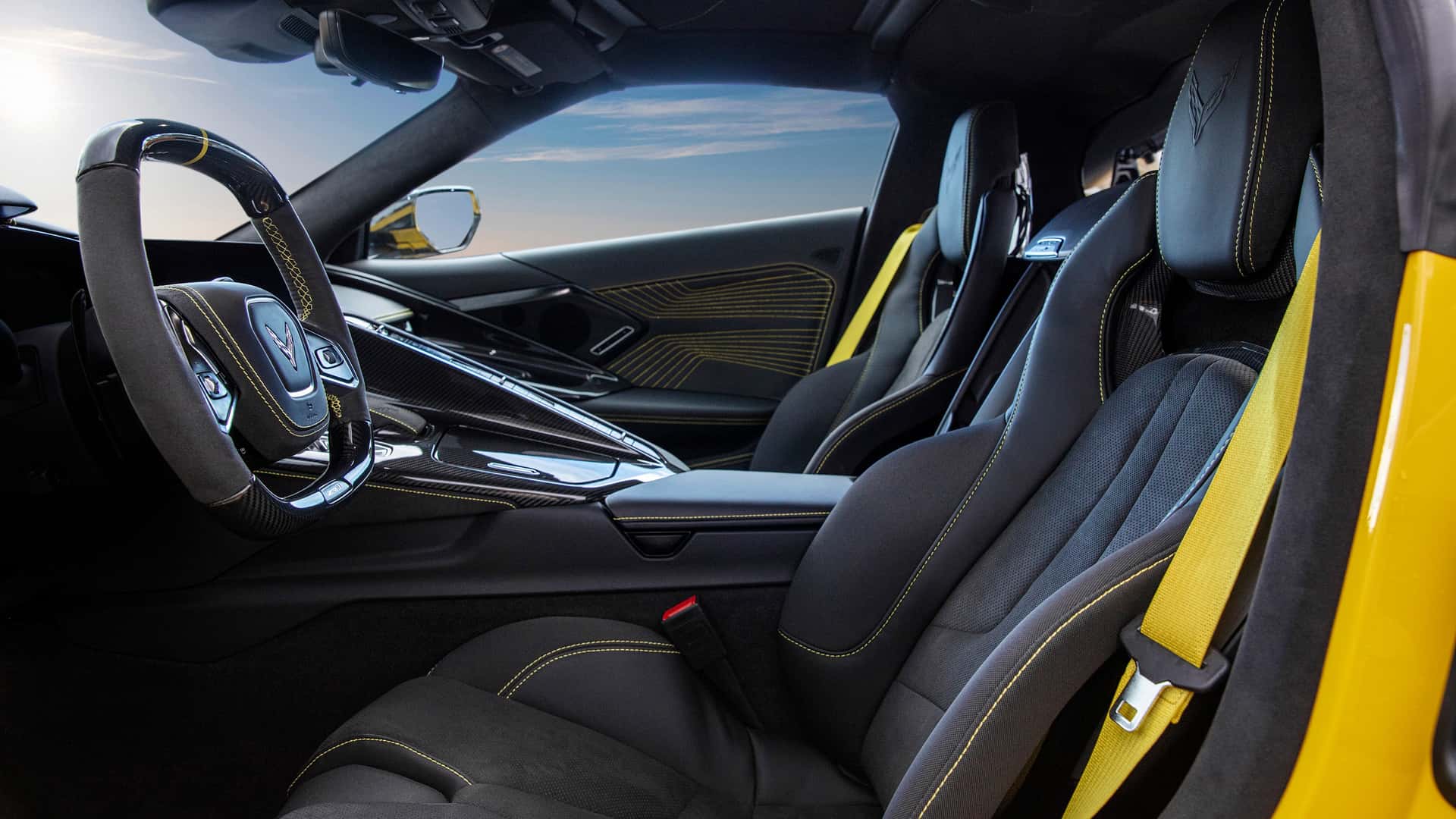
The LT7 engine is a continuation of the LT6’s Gemini V8 architecture, significantly enhanced with twin turbochargers. Engineers optimised every system for boosted performance rather than simply adding turbochargers to the existing LT6 engine.

Unique Features:
- Head castings with unique ports and larger combustion chambers.
- Optimised valve train timing and lift profile for forced induction.
- Completely new intake system tailored for twin turbochargers.
- Dual, ported shroud, ball bearing, mono-scroll (76 mm) turbochargers with electronic wastegates.
- Advanced anti-lag engine calibration for responsive performance.

Transmission: The ZR1’s eight-speed dual-clutch transmission has been upgraded with:
- Enhanced input shafts and gear capacity.
- Improved oil management for higher vehicle capability.
- Increased control valves to handle the higher clutch clamp load required by the LT7.
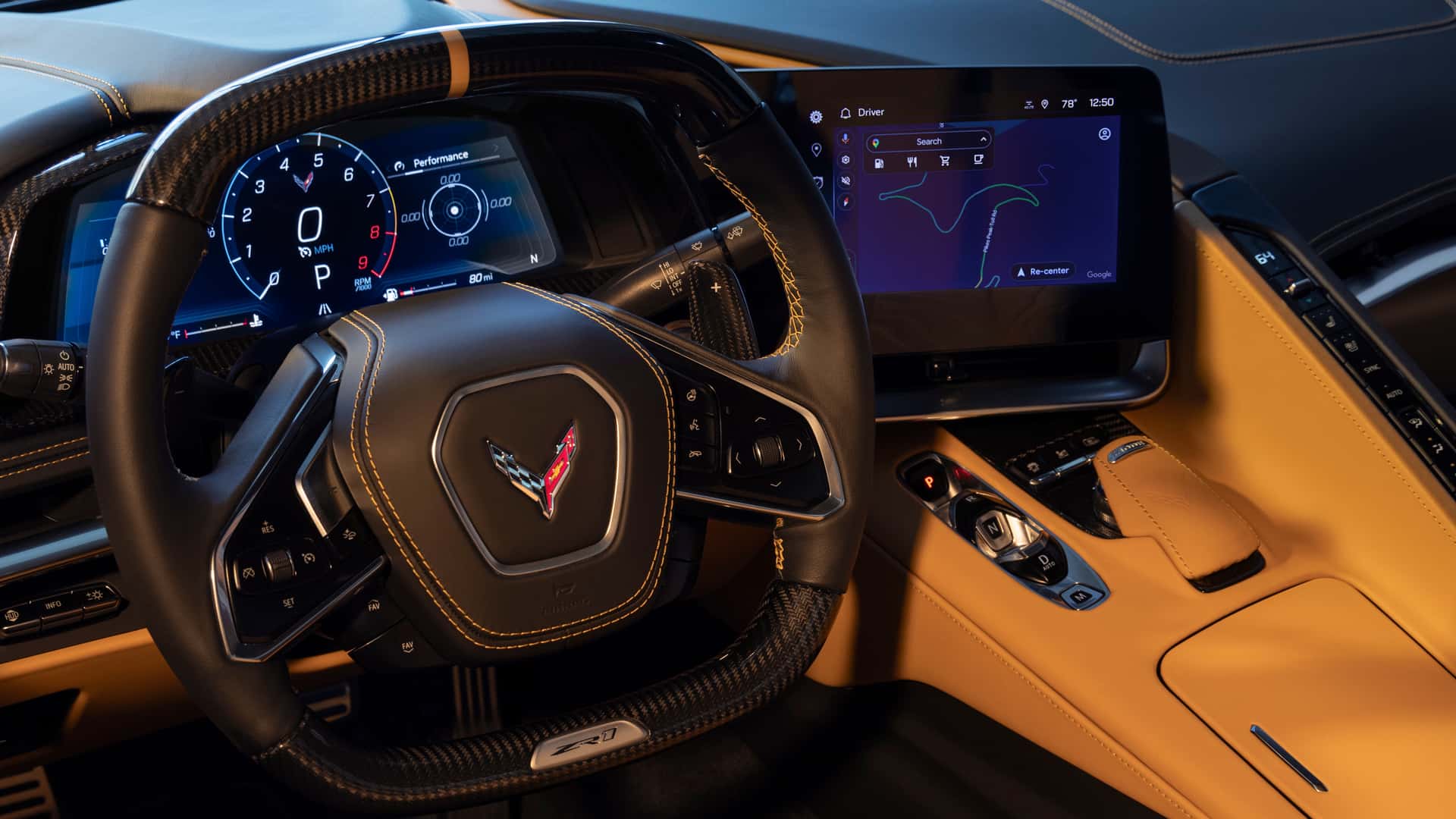
Aerodynamic Innovations
The ZR1 features a range of aerodynamic improvements, including a flow-through hood for increased front downforce and carbon fibre side ducts for cooling the rear brakes. The optional ZTK performance package adds high-downforce elements like a rear wing and front dive planes, further enhancing track performance.

Production and Availability
Production Timeline: The Corvette ZR1 will enter production in 2025 at General Motors’ Bowling Green Assembly Plant in Kentucky, US. Pricing and availability details will be announced closer to the production date.
Performance Highlights
- First Lap Success: On its first lap at the Milford Proving Ground’s MRC test track, the ZR1 recorded a faster peak speed than the production C7 ZR1.
- Quarter-Mile Performance: The ZR1 achieved a sub-10-second quarter-mile time on its first launch.
- Nürburgring Performance: All four test drivers exceeded 322km/h on their first laps at the Nürburgring.
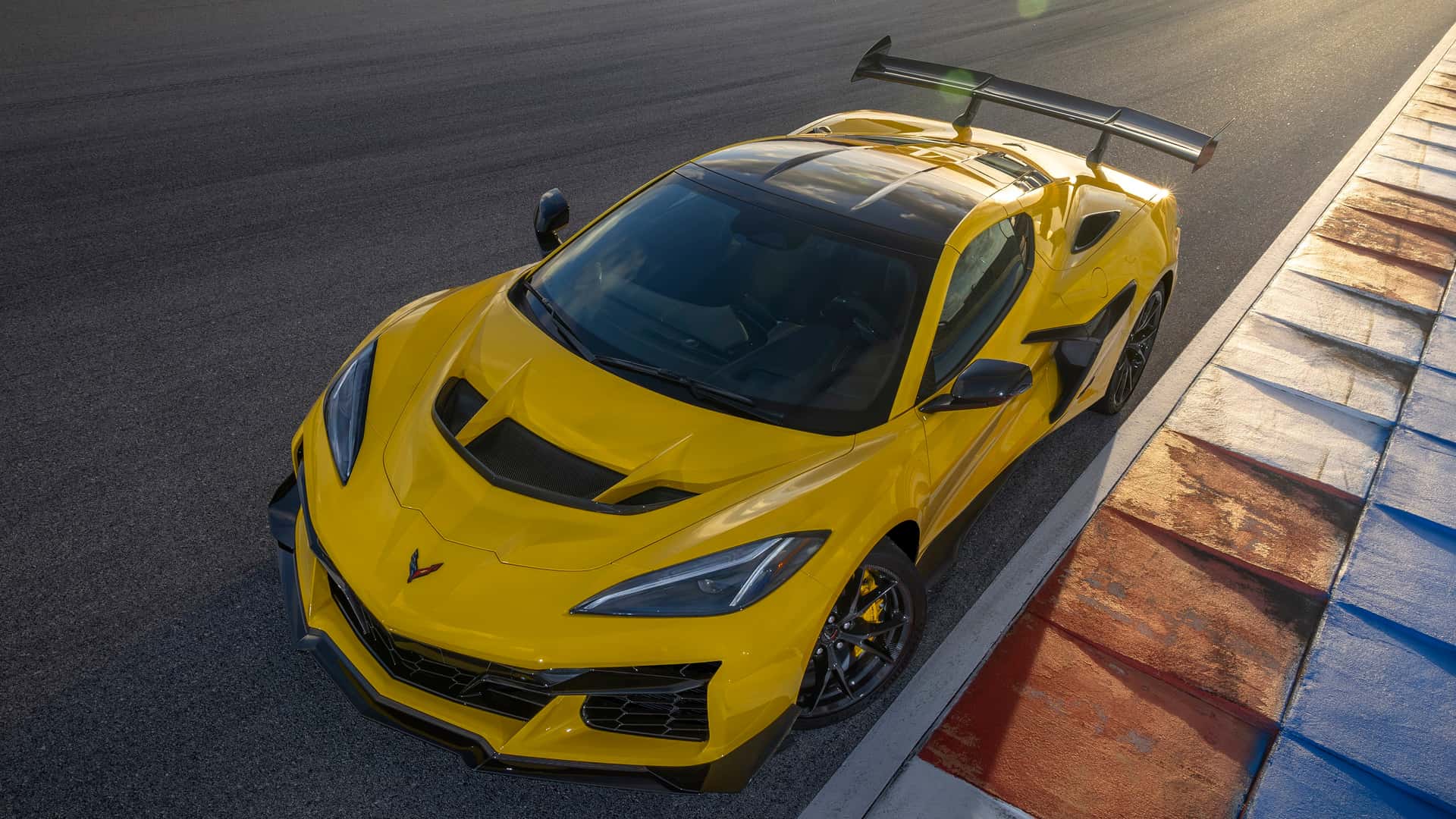
The new Corvette ZR1 is set to challenge the world’s best supercars, combining unprecedented power, advanced engineering, and iconic design. As Chevrolet pushes the boundaries of performance, the ZR1 stands as a testament to the brand’s commitment to innovation and excellence.





